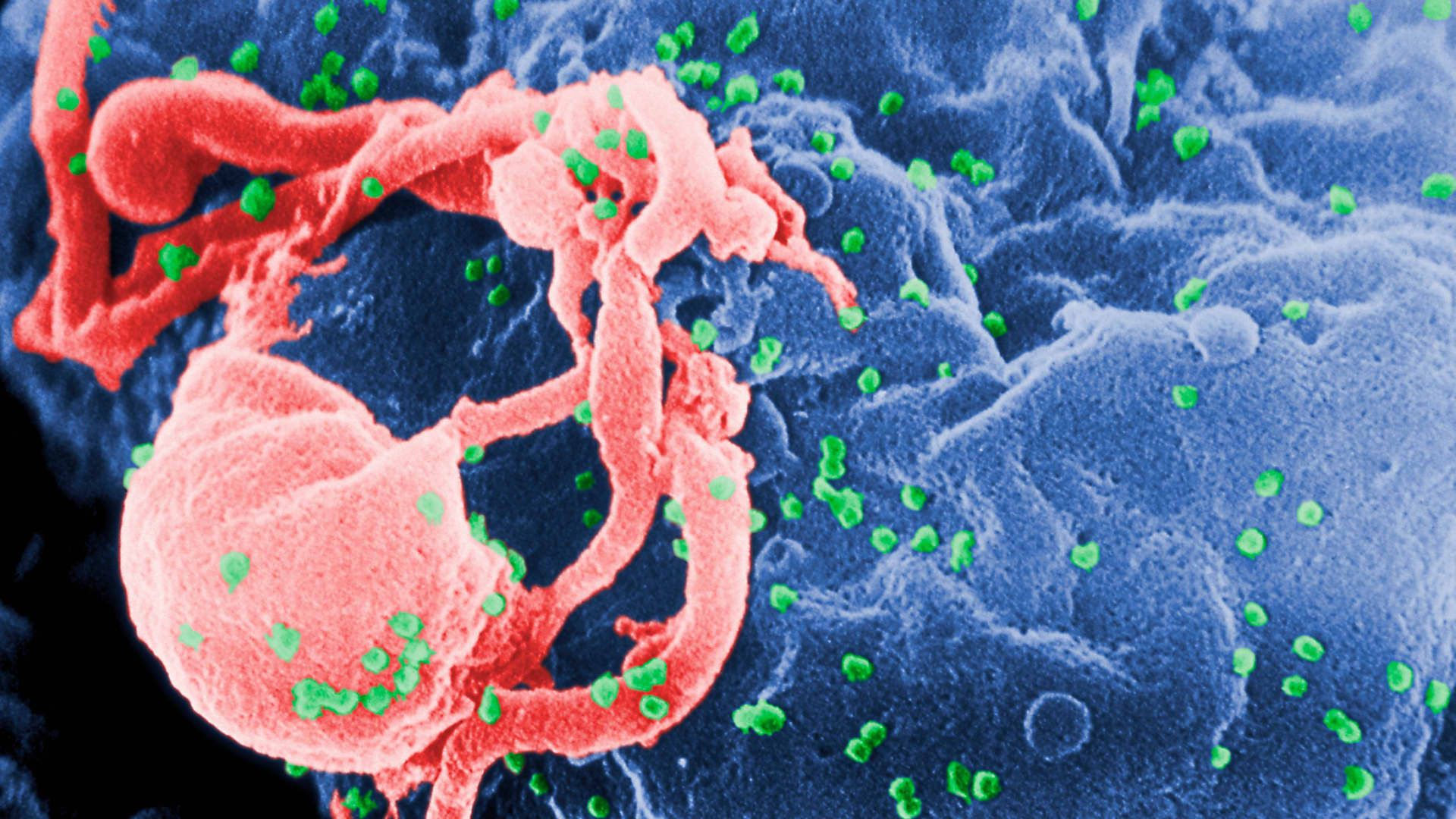HIV infections decline but most at-risk people don't get PrEP
New HIV infections declined modestly in the U.S. over a four-year period but the nation is far from reaching its goal of ending the epidemic, according to the most recent data published by the Centers for Disease Control and Prevention on Tuesday.
The overwhelming majority of people who face a high risk from the virus are not receiving key medications to prevent infection due to deep racial disparities in access to treatment, according to the CDC report.
Infections declined 12% from 36,500 in 2017 to about 32,100 in 2021, the report said. The decline was driven by a 34% drop in new HIV infections among 13- to 24-year-olds, according to the data.
The U.S. has set a national goal to end the HIV epidemic by reducing new infections 90% by 2030.
But the nation is not on track to meet that goal if progress continues at the current pace, Dr. Jonathan Mermin, head of the CDC's national center for HIV and STD prevention, told reporters on a call Tuesday.
Gay and bisexual men as well as Black and Hispanic communities face a higher risk of infection due to racism, economic inequality, social marginalization and residential segregation, said Dr. Robyn Neblett Fanfair, a senior official in the CDC's HIV prevention efforts.
About two-thirds of new HIV infections reported in 2021 were among gay and bisexual men, with members of Black and Hispanic communities making up the overwhelming majority of new cases in this group. About 40% of new infections within the gay community were among Black men and 35% were among Hispanic men, according to the data.
Among heterosexual women, 60% of new infections were among Black women. Among heterosexual men, about 61% of new infections were among Black men, according to the CDC. About 60% of intravenous drug users who were diagnosed with HIV in 2021 were white.
More than half of new infections, 52%, were reported in the South.
Source: CNBC


